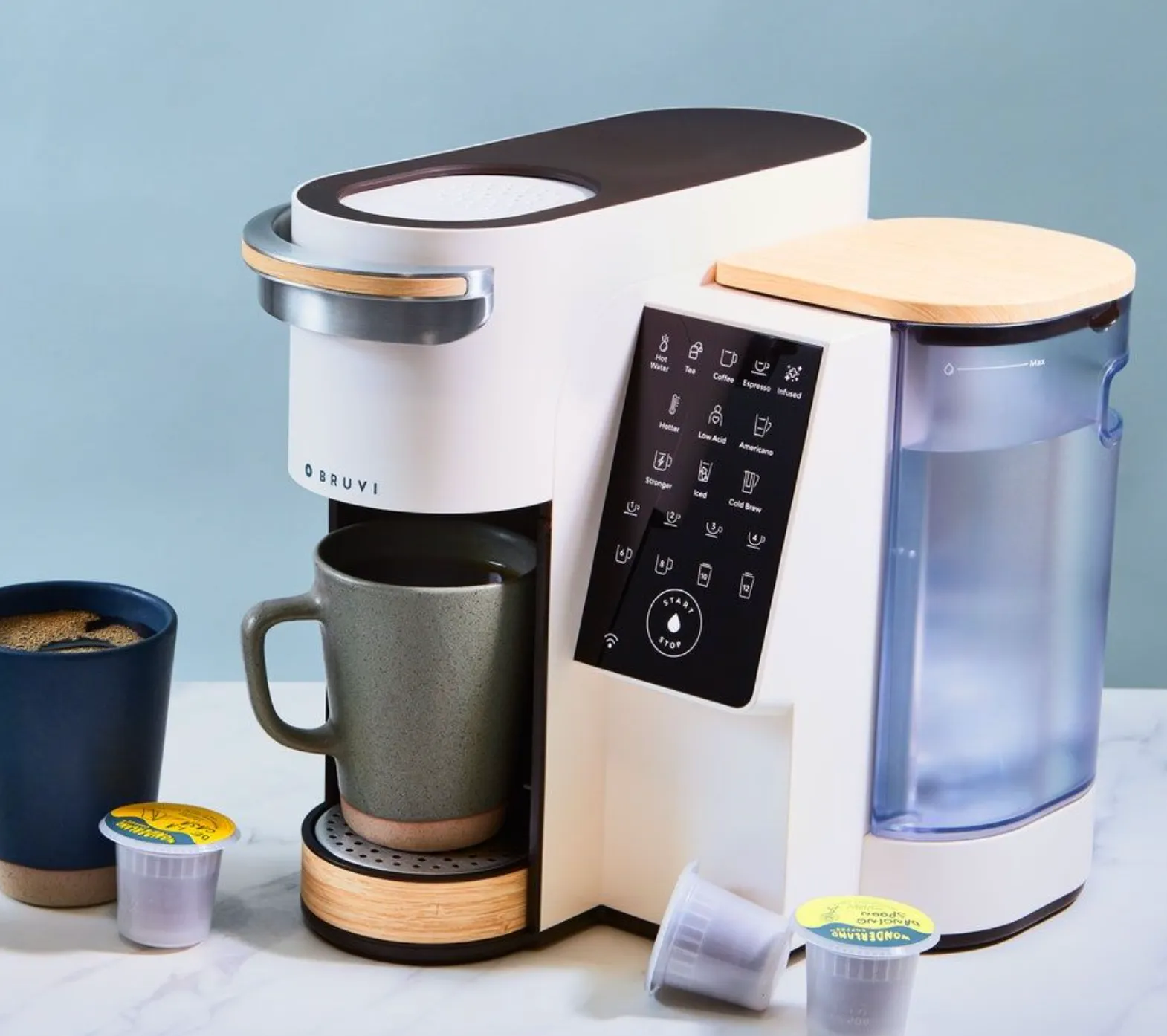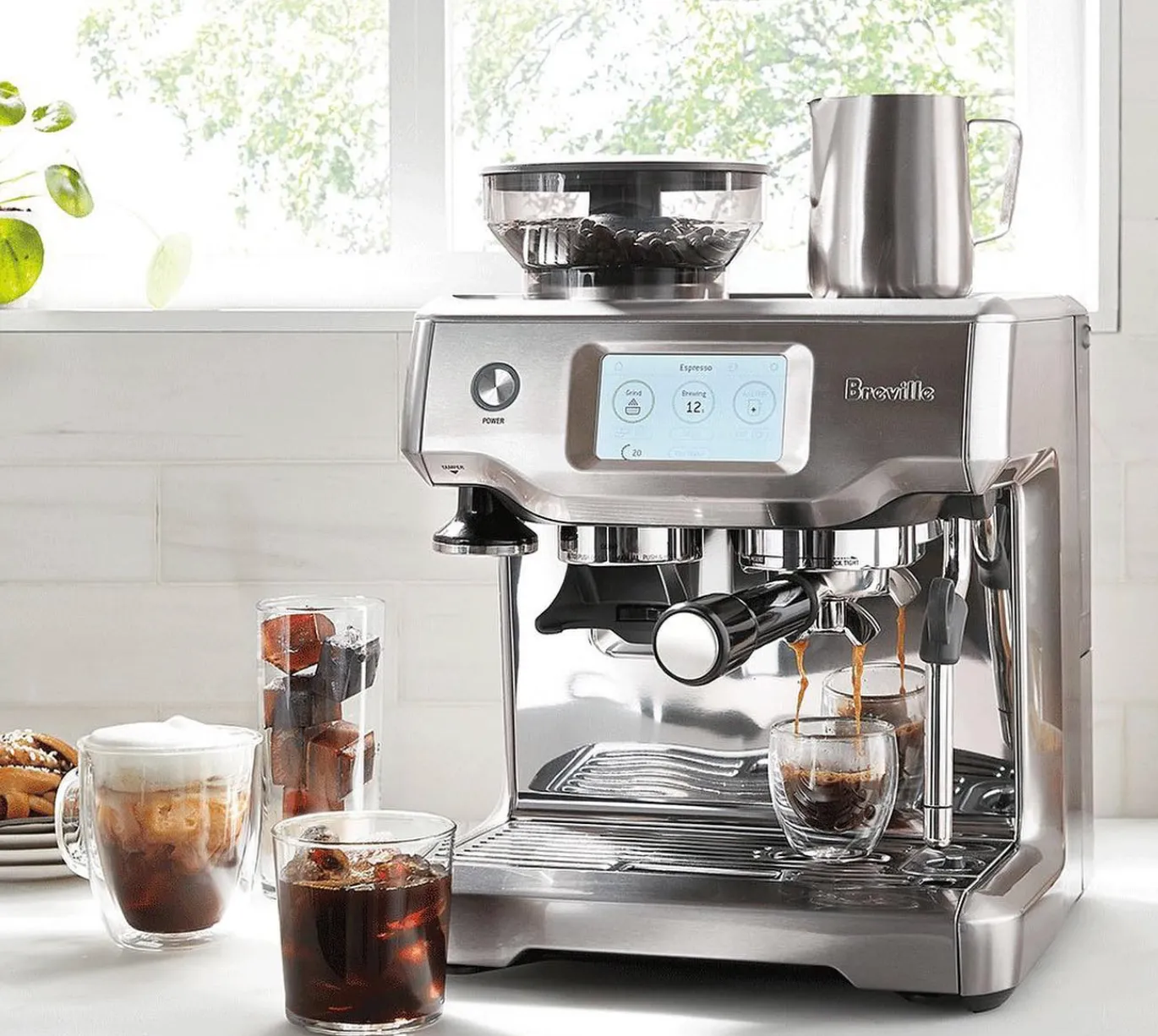For the girls trying to save some money — or getting started in a gratifying new hobby — at-home coffee is exciting. It’s trial-and-error, smells fantastic, tailored to your tastes, and is somewhat scientific: coffee has something for everyone! If you’re feeling overwhelmed by the different coffee makers available—and how to get into coffee, more generally — we’ve got you covered.
Don't worry if you’re totally intimidated by the coffee realm! Here are some of the basics to help get you acquainted:
One, coffee is not the same as espresso. Espresso is produced in a pressurized brew, while regular coffee is brewed with heated water and gravity. Espresso is a concentrated, intensely flavorful shot; coffee can be made in any amount and with any ratio of coffee grounds to water. Espresso is typically stronger, so if you need a really strong wake me up, its best to use espresso shots for drinks like lattes, cappuccinos and mochas.
Second, contrary to popular belief, coffee can actually be stronger than espresso in some cases. Although espresso has a higher caffeine concentration per ounce, a serving of coffee is stronger in the long run since you would drink more ounces of coffee than espresso shots in your drink.
Third, lattes, cappuccinos, Americanos and other specialty drinks are all created with espresso. Americanos typically have the highest concentration of espresso shots, with three espresso shots added to hot water for a medium size. Lattes and cappucinos only have two and are usually mixed with milk.
Different machines fit into different verticals: ease of access, on-the-go, traditional, and experienced or hobby coffee makers.
There are so many benefits to having a coffee makers just a few steps away from bed, and to us there are there's 4 that truly stand out among the masses in order of lowest to highest pricing.
This post contains affiliate links, which means we may earn a commission if you shop through them—no extra cost to you, just extra good taste.
Our personal favorite
Pros
Cons

Pros
Cons

Pros
Cons

Pros
Cons
